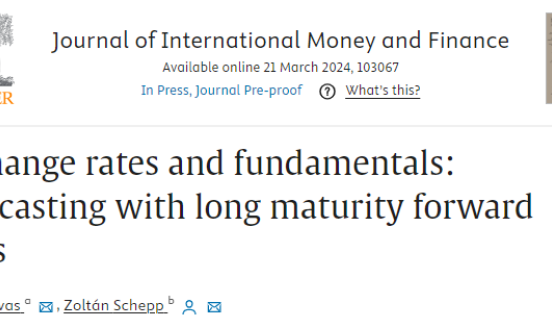Sovereign and banking risks: what policies?
Exposures of banks towards sovereigns and vice-versa may be a source of systemic risk but how far can limiting these exposures in fact enhance or rath
Speakers
Giorgio Barba Navaretti
Professor of Economics University of Milan and chief Editor European Economy - Banks, Regulation and the Real Sector,
Erik F. Nielsen
Group Chief Economist, Unicredit
Mario Nava
Director - General, DG Reform, European Commission
Alberto Franco Pozzolo
Professor of Economics, University of Molise, and editor of European Economy-Bank Regulation and the Real Sector,
Andrea Enria
Chairperson of the European Banking Authority,
Alexander Schulz
Head of Risk Analysis Division, Banking and Financial Supervision Department, Bundesbank,
SUMMARY
See below for video and event materials.
The event started with the presentation of the new issue of European Economy: Bank Regulation and the Real Sector. The articles in this edition explore various questions around the “diabolic loop between banks and sovereigns”. The contributions to the journal especially discuss the regulatory treatment of sovereign exposures.
In that respect, Andrea Enria mentioned that half of the sample of the 2011 EBA stress test exercise used the standardised approach with zero-risk weights on domestic sovereign bonds, while the other half used internal models. However, for this part of the sample those banks with higher exposures actually applied lower risk weights. He proposes to introduce small but positive risk weights that increase with the concentration of exposures to a particular sovereign. As for the more immediate agenda, he advocates a mark-to-market approach to exposures and better disclosure thereof.
Eric Nielson expressed doubts about the diabolic loop and points to the fact that it actually had a stabilising function during the euro area crisis. He also took issue with the signal that the introduction of risk weights implies, because it could be interpreted as sovereigns – the mirror of a society and its economy – admitting that they are not risk-free.
Mario Nava argued that what is needed in terms of reform is much more a European deposit insurance scheme, which is not related to the treatment of sovereign debt. Nava had some sympathy for the introduction of Euro-Safe-Bonds (ESBies), but he viewed large exposure rules as a not-thought-through version of the same.
André Sapir took a step back, recalling that the possibility of sovereign debt and financial crises was not taken into account in the design of EMU. An important fix of this was the Banking Union. He emphasised that the sovereign-bank nexus is above all an EMU problem, because member states lost monetary authority.
Guntram Wolff added that one of the institutional responses to this was the introduction of the ESM and the Outright Monetary Transactions programme (OMT), with the latter being conditional on a debt sustainability analysis. If debt turns out not to be sustainable, there is the need for a sovereign debt restructuring mechanism, which again is only credible without strong concentration of sovereign exposures. This therefore implies that we need some form of large exposure limits. On the other hand, Wolff argued that ESBies are too complex and therefore politically not feasible.
Event summary by Bennet Berger, research assistant
VIDEO RECORDING











